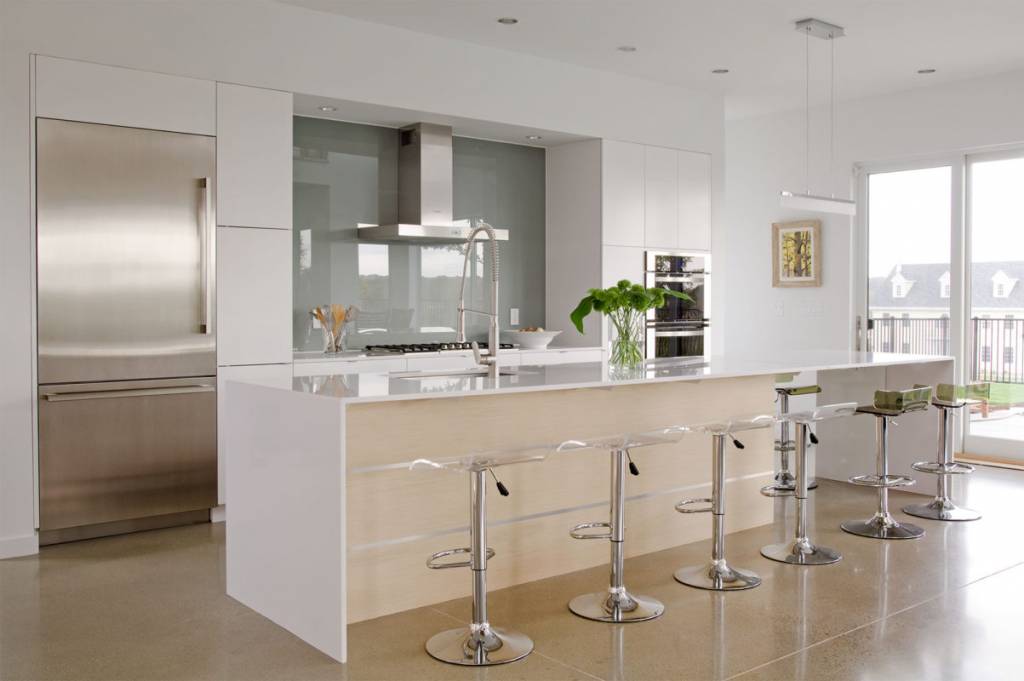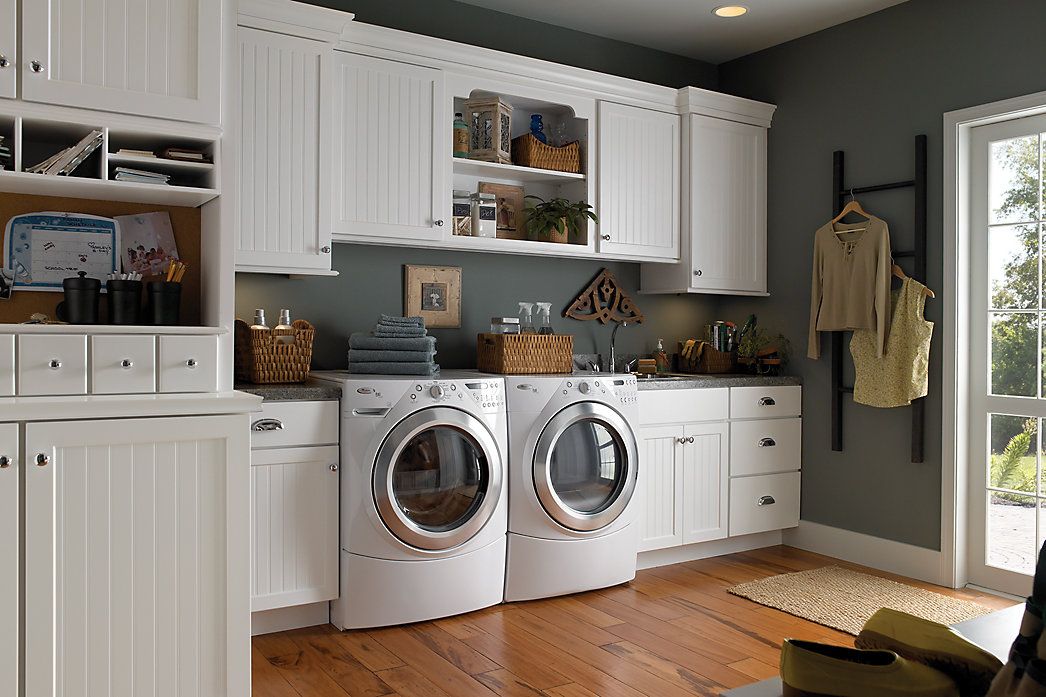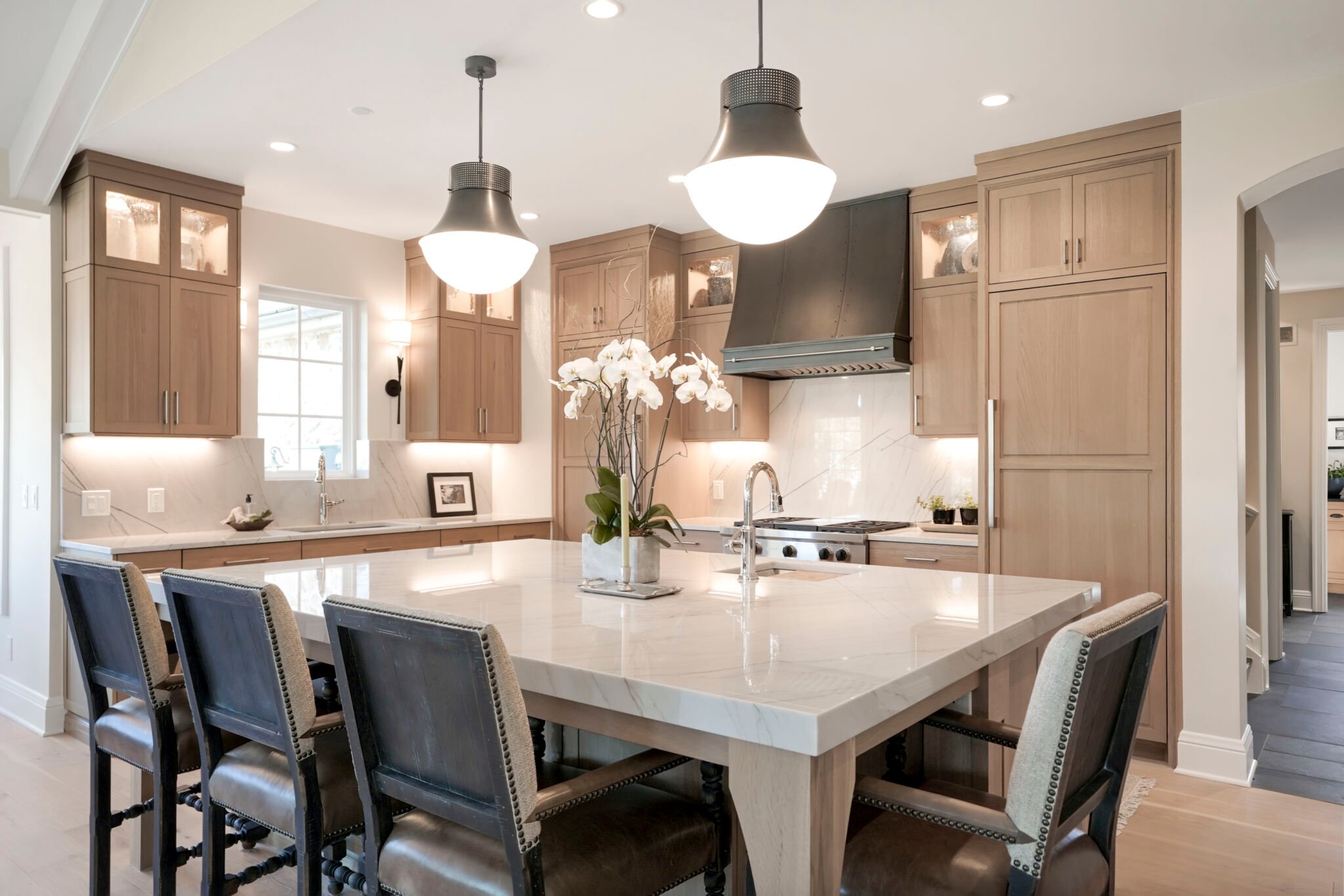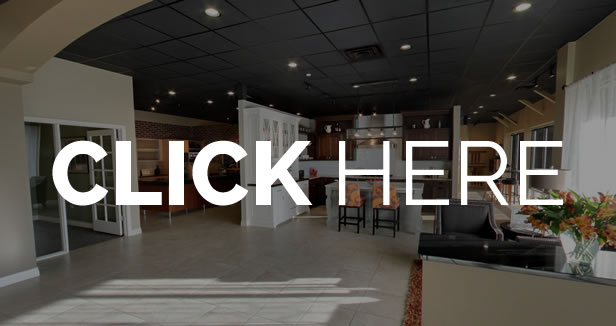Modern kitchen design is nothing if not versatile. Today’s homeowners and designers enjoy playing with a variety of aesthetics, and many are eager to make bold statements with their
curated interiors. Still, most kitchens tend to fall into one of three main categories: traditional, contemporary or transitional.
Each of these styles has unique benefits and drawbacks. Here, to help you determine where you fit on the design spectrum, are some of the defining characteristics of each.
Traditional Kitchen Design
In the grand scheme of kitchen design, concepts like traditional and contemporary are somewhat fluid. What may seem cutting edge by today’s standards will inevitably feel outdated
in a few decades, especially as new trends and technologies take over. However, certain elements hold timeless appeal.
The beauty of traditional design lies in the details: ornate embellishments, soft corners, quality craftsmanship and an inviting aesthetic. Traditional kitchens exude warmth and nostalgia, taking us back to simpler, more comforting times spent baking cookies with grandma or enjoying big family meals.
Common features of traditional cabinetry include:
- Hardwood material with medium-to-dark stain
- Painted material with distressed or highlighted elements
- Raised or arched center door panels
- Rounded, wider stiles and rails
- Finial hinges with matching knobs and pulls
- Decorative glass inserts
- Crown molding, corbels and furniture-style legs
- Large, ornate range hoods
Center islands are a distinct modern feature in newer kitchens and are prevalent in many homes. Adding an island to an older kitchen that doesn’t have one is definitely a possibility, as
long as space allows and the style is cohesive with the rest of the room. For more compact layouts, a peninsula or raised bar with seating is also a great option.
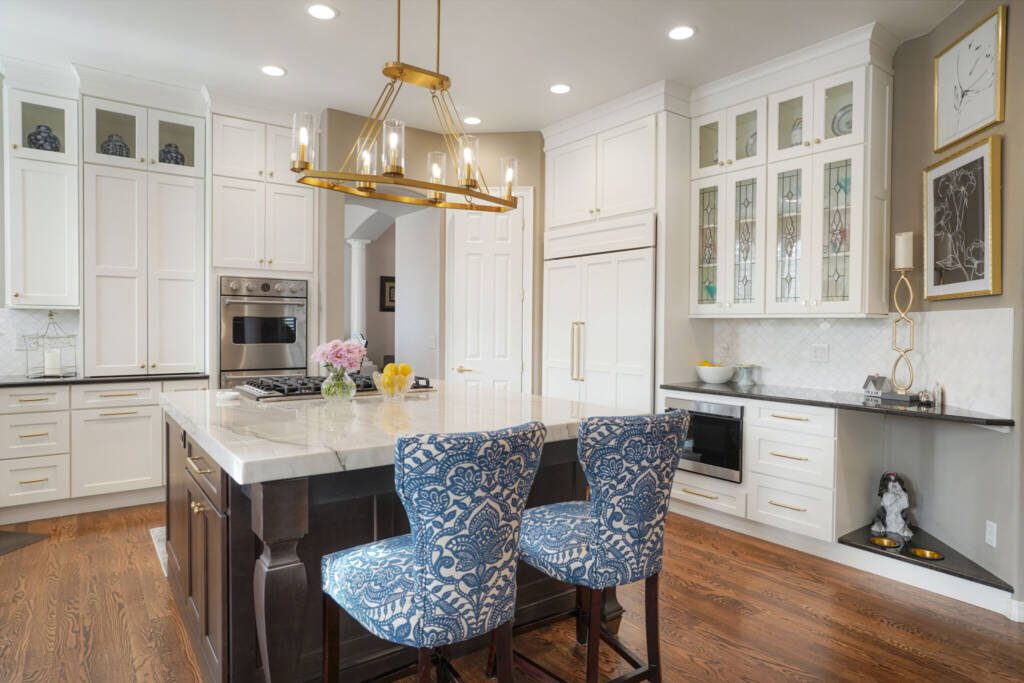
Photo by BKC Kitchen and Bath
Contemporary Kitchen Design
Steering clear of ornamental flourishes, contemporary kitchens emphasize clean lines and minimalist details. Key elements include smooth surfaces, high tech features, enhanced storage
solutions and chef-inspired appliances. Contemporary style embraces simple design and sustainability, while also projecting a cool, artistic flair.
In contemporary kitchens, functionality reigns supreme. That’s not to say that function is lacking with traditional kitchens; but those who feel drawn to contemporary concepts are often more interested in how their kitchen will flow than how it will look. Hence, the dominance of the open-concept kitchen, which is a hallmark of contemporary style.
Common features of contemporary cabinetry include:
- Textured melamine, laminate or high-gloss acrylic material
- Subdued or contrasting colors
- Flat-panel (also known as slab) drawers and door fronts
- Engineered quartz or granite countertops with matching full-height backsplashes
- Absence of crown molding and other decorative details
- Touch-latch systems in place of traditional knobs and pulls
- Strategic task lighting
When considering colors for a contemporary kitchen, experts recommend following the 60-30-10 rule with 60 percent relegated to a dominant color (typically white), 30 percent
dedicated to a secondary hue and the final 10 percent reserved for accents.
Appliances are also a key consideration. Stainless steel dominates in contemporary spaces, as does space-saving placement; over-the-range microwaves are a key example. High-tech
solutions are common, including smart appliances and customized LED systems.
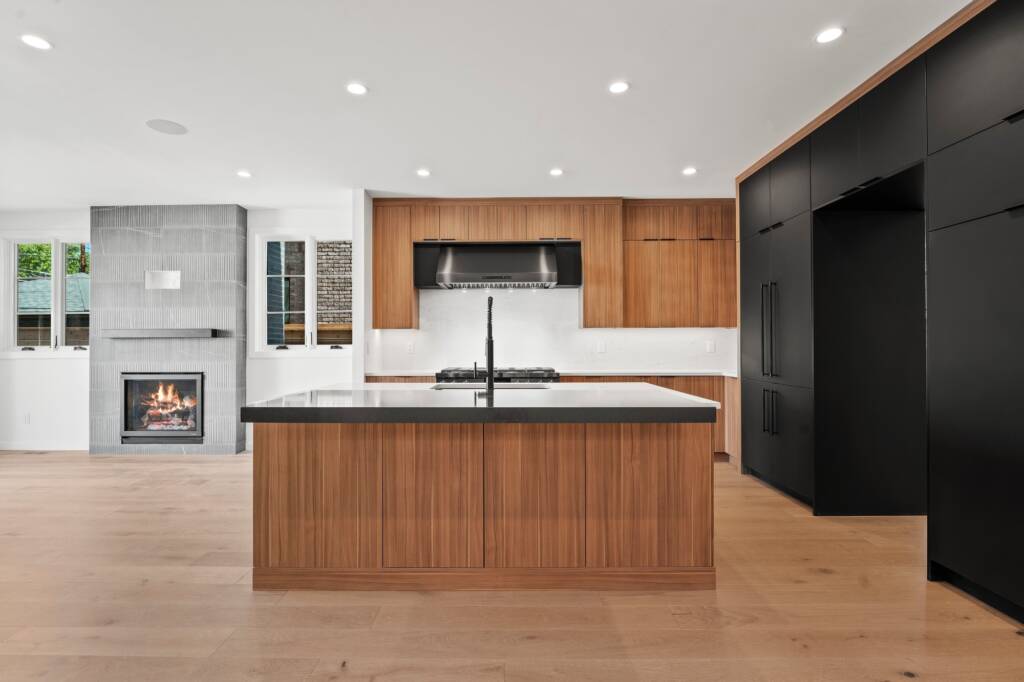
Photo by BKC Kitchen and Bath
Transitional Kitchen Design
If you love elements of both traditional and contemporary design, you may be the perfect candidate for an increasingly common middle ground solution: transitional style.
Offering the best of both worlds, this approach combines the functionality of a contemporary kitchen with the warmth and personality of a traditional aesthetic. Feel free to mix and match the many elements highlighted above: warm wooden cabinets with modern pulls, for example, or smart appliances in the same space as crown molding.
Emphasizing comfort, the ideal transitional kitchen will incorporate details that allow you, your loved ones, and guests to feel relaxed and at ease. Natural light is important, as are textures and patterns that add dimension. Clean lines can be expected, but they’re often softened with soothing elements that might seem out of place in a strictly contemporary kitchen.
Transitional kitchens are inherently versatile, with one key element in common: balance. Every detail must be carefully considered to ensure that the kitchen doesn’t veer too far into
contemporary or traditional territory.
If you’re determined to strike the right balance between functional and ornamental or between elegant and laid-back, the right blend of elements can create a kitchen that feels true to you. If you reverse-engineer your kitchen, you can include both contemporary and traditional features you hold dear.
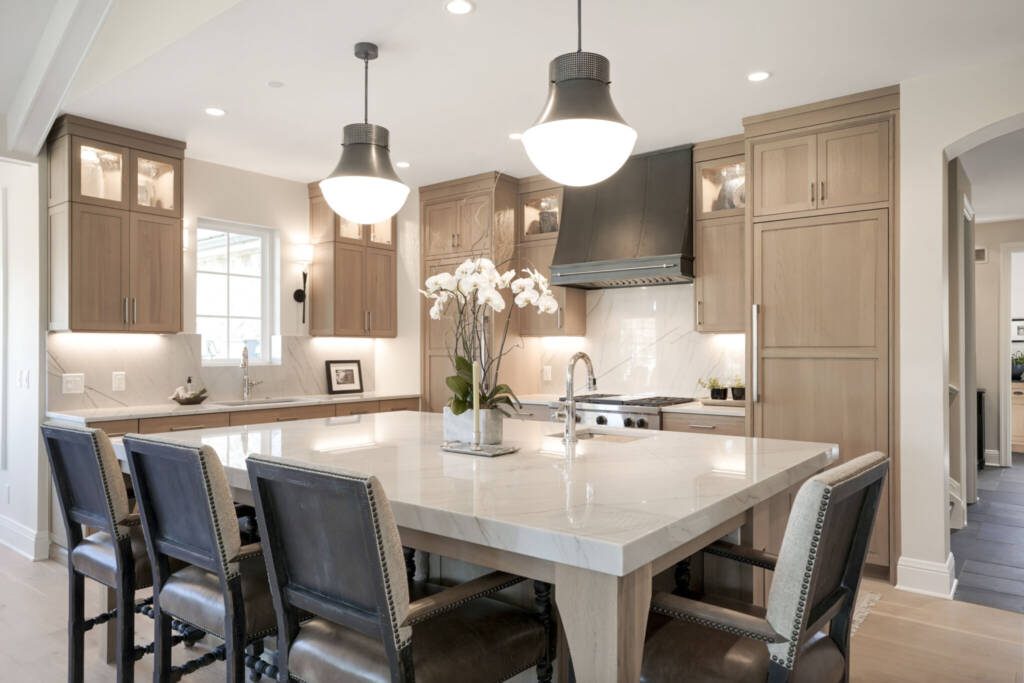
Photo by BKC Kitchen and Bath
Design the kitchen of your dreams!
Whether you favor traditional, contemporary, or transitional aesthetics, you deserve a functional kitchen that feels inviting and chic. By partnering with a professional kitchen designer to help you define your style and create an ideal plan, you can easily achieve the look that is right for you.
Our team at BKC can help you select cohesive elements that promote efficient workflow and let your personality shine.
Ready to get started? Download our guide on the 6 Steps to a Successful Remodel or contact us today!


